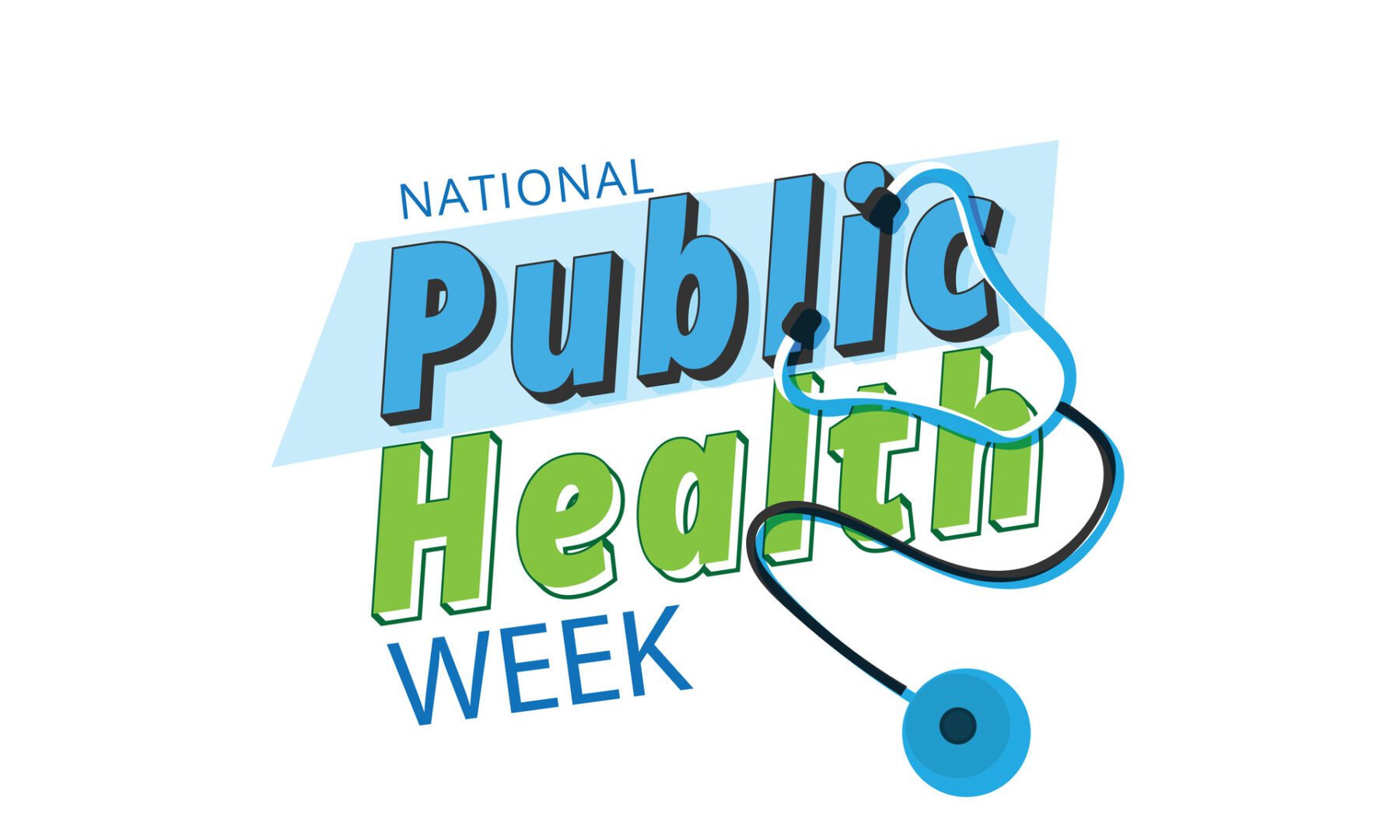Search by Color or Cause


During the first full week of April each year, APHA brings together communities across the United States to observe National Public Health Week. In addition, it is a time to recognize the contributions of public health and highlight issues that are important to improving our nation’s health. For over 25 years, APHA has served as the organizer of NPHW. The color associated with this awareness week is green and blue. Wear a blue and green enamel awareness ribbon pin in our personalized or non-personalized styles.
In addition, every year, the Association develops a national campaign to educate the public, policymakers and practitioners about issues related to each year’s theme. APHA creates new NPHW materials each year that can be used during and after NPHW to raise awareness about public health and prevention.
Since 1995, when the first full week of April was declared National Public Health Week (NPHW), communities across the United States have observed the time as an opportunity to recognize the contributions of public health and highlight issues that are important to improving the public’s health. It’s a time to unite around critical issues and focus energy on the singular goal of helping people live longer, happier, healthier lives. Find out more at www.nphw.org.
Further, National Public Health Week focuses on the power of prevention. It also advocates for healthy and fair policies, sharing strategies for successful partnerships and championing the role of a strong public health system.
Public health promotes and protects the health of all people and their communities.
This science-based, evidence-backed field strives to give everyone a safe place to live, learn, work and play. Public health improves our quality of life, helps children thrive, reduces human suffering and saves money.
In addition, every day, the public health field is working, often behind the scenes, to prevent hazards and keep people healthy.
For example, public health is responsible for:
The health care industry treats people who are sick, while public health aims to prevent people from getting sick or injured in the first place. Public health also focuses on entire populations, while health care focuses on individual patients.
Here are some examples of public health professionals:
Restaurant inspectors
Community health workers
Nutritionists
Social Workers
Public Health Physicians and Nurses
Policymakers
First Responders
Health Educators
Scientists and Researchers
Community Planners
Epidemiologists
Occupational Health and Safety Professionals
Sanitarians
Biostatisticians
APHA, in coordination with its members and state and regional Affiliates, works with key decision makers to shape public policy to address today’s ongoing public health concerns. Those include ensuring access to care, protecting funding for core public health programs and services and eliminating health disparities. APHA is also working on other critical public health issues including public health and emergency preparedness, food safety, hunger and nutrition, climate change and other environmental health issues, public health infrastructure, disease control, international health and tobacco control.
Image: https://apha.org/events-and-meetings/national-public-health-week